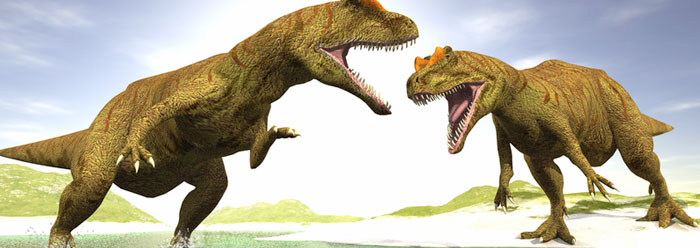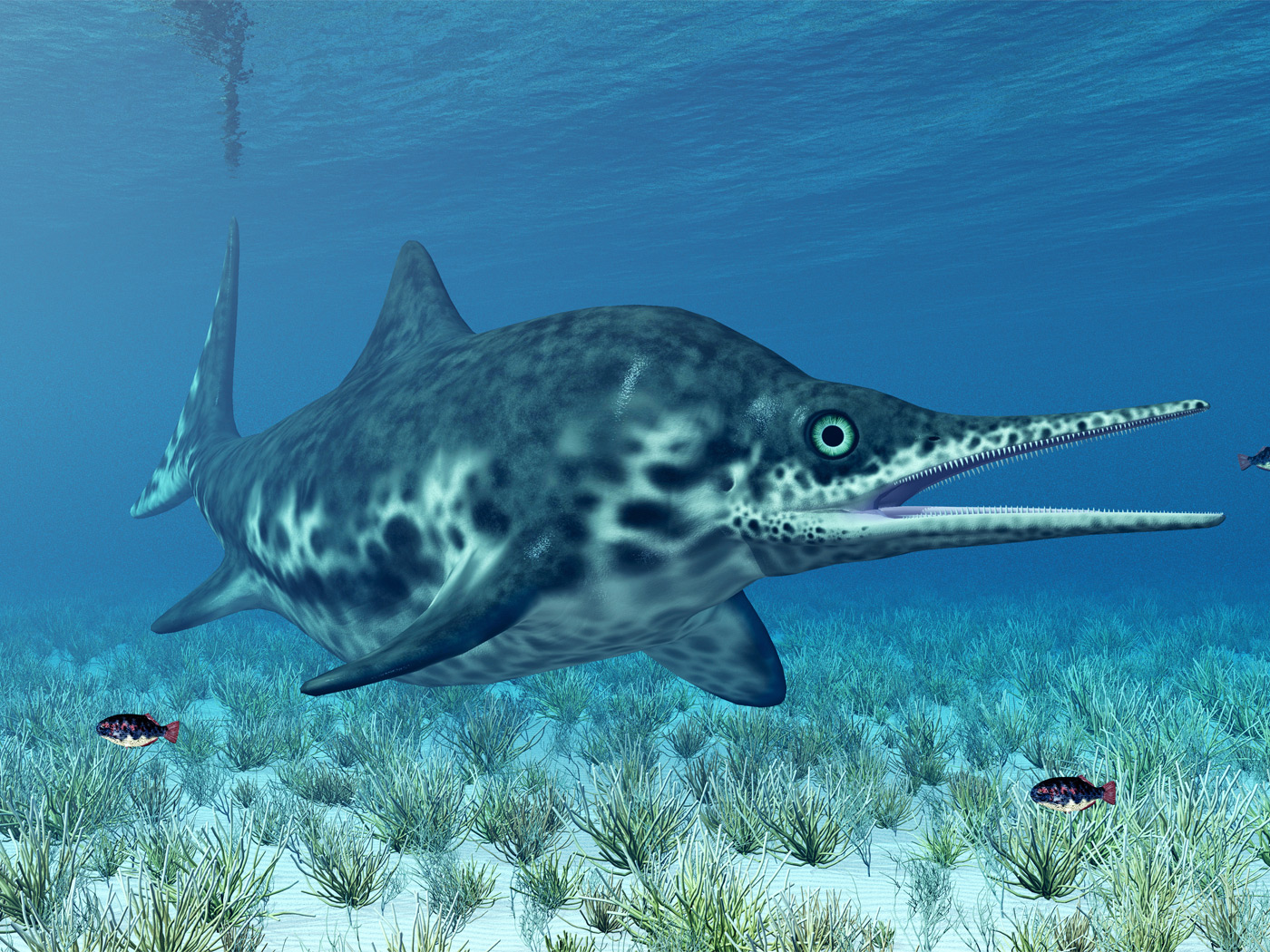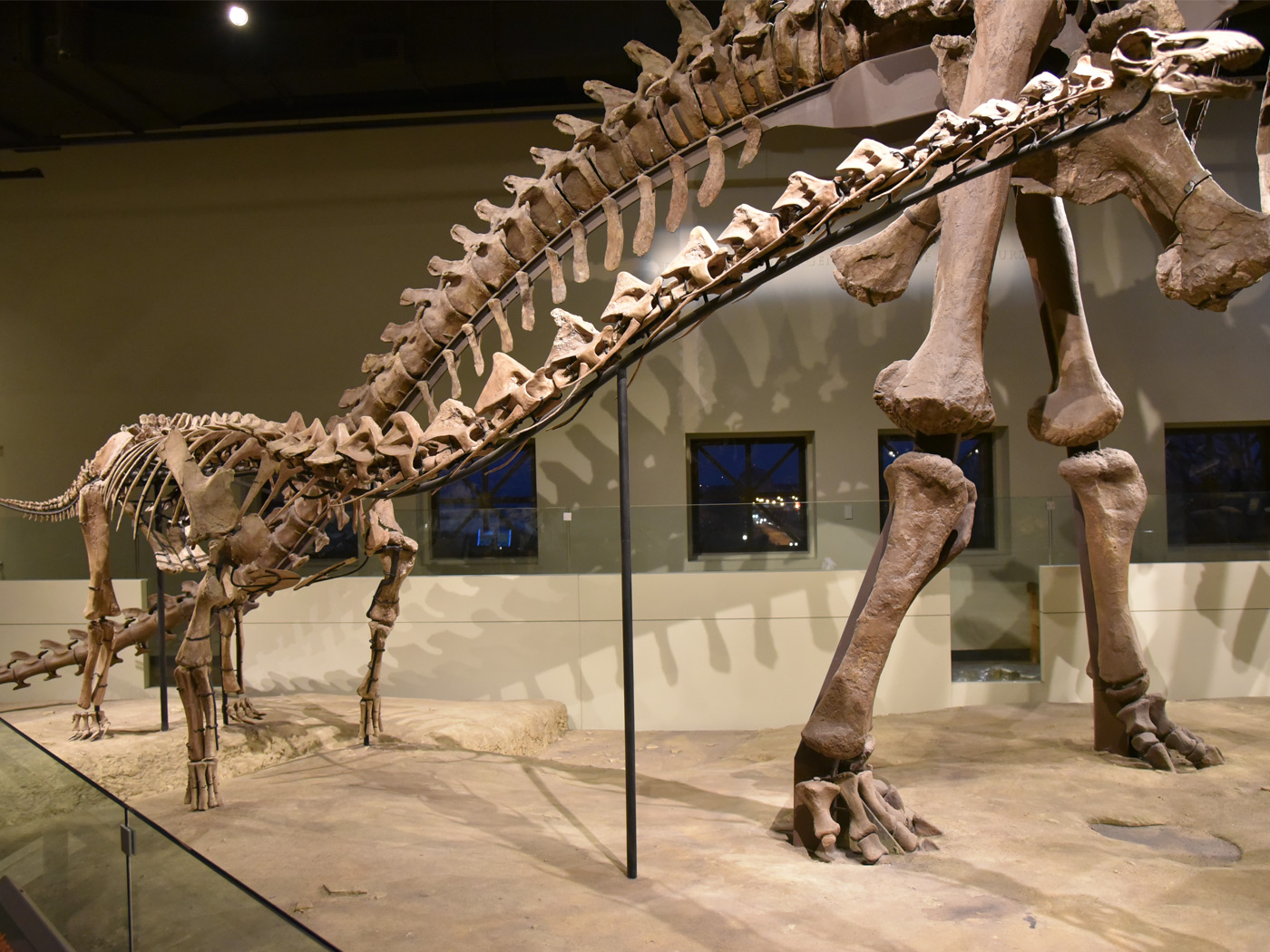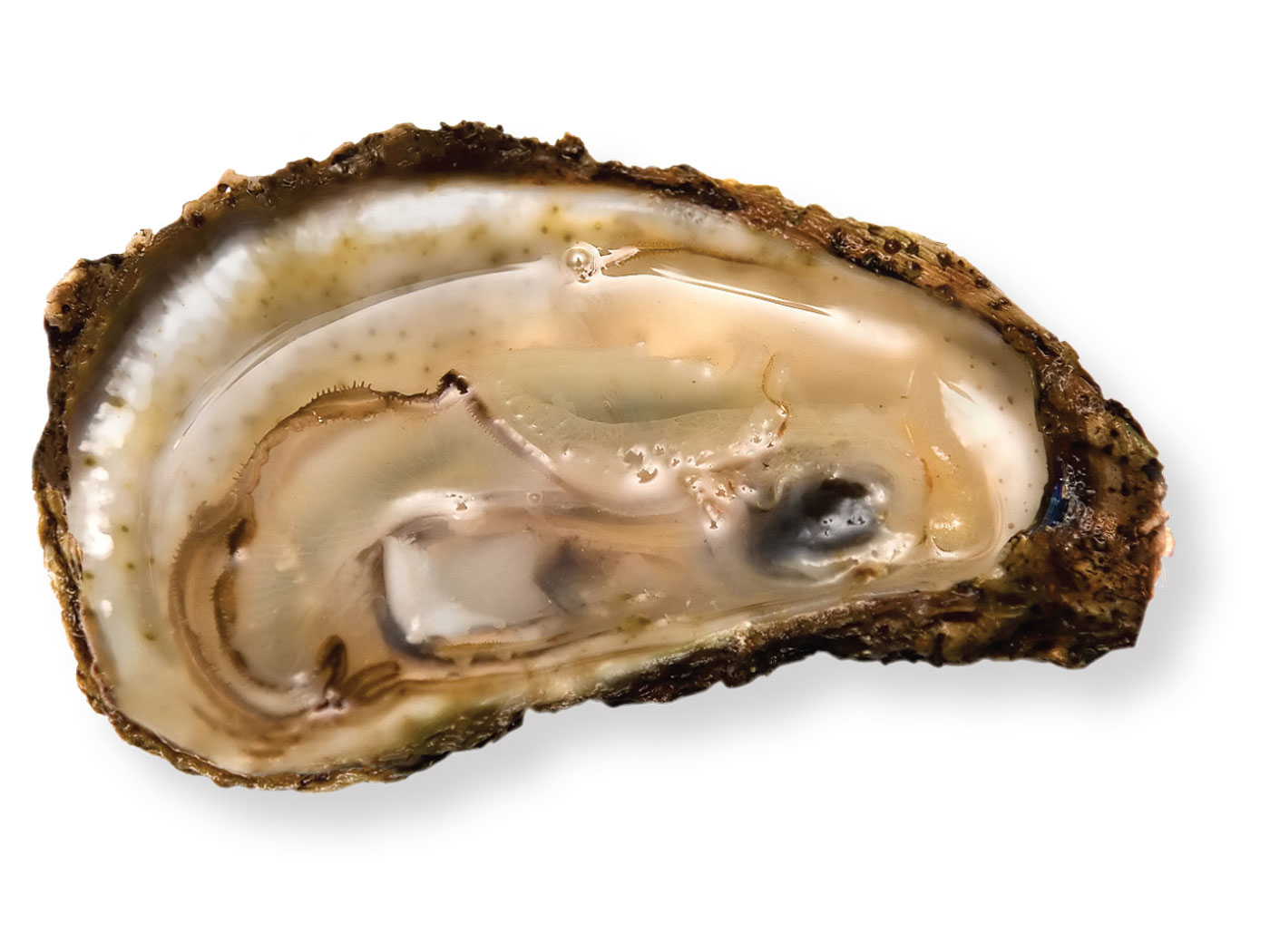Dinosaur reconstructions in museums worldwide may all be too large, according to new research published in the Journal of Zoology. Researchers revisited the 25-year-old statistical formula used to estimate dinosaur mass, based on fossilized skeletal information. The old formula is “seriously flawed,” according to study author Gary Packard.1
If the new formula holds up, it strengthens the feasibility of the Noah’s Ark account in Genesis, which has already been thoroughly established.2 Not only would Noah have taken on two skinnier-than-previously-thought juvenile representatives of each of the larger dinosaur kinds, but his family would have been less burdened with feeding requirements during the year-long event.
The new predictions of dinosaur size may also alleviate a longstanding conundrum over herbivorous dinosaurs. How could the large dinosaurs, such as Stegosaurus and Apatosaurus, have eaten enough food to support their massive bodies when they had such small mouths on their tiny (by comparison) heads? Perhaps they didn’t have to eat quite so much after all, if their bodies were actually substantially less bulky.
How off was the old mass-estimation equation? According to this research, today’s dinosaur models depict dinosaurs being twice as massive as the new estimates say they should be. The fact that such a remarkable difference in mass estimation has gone unchallenged for so long illustrates how tenuous paleontological reconstructions tend to be.
The old formula has had a widespread impact, having dictated perception of dinosaur sizes for the entire Western culture. If something so basic can so easily be misconstrued from the physical evidence, what other misinformation is being spread? Without being able to base depictions of early earth history on the trustworthy information from the biblical record, reconstructions of dinosaurs’ lives and times will forever inhabit a near-fictional realm.
References
- Dino-not-so-soaring. Wiley-Blackwell press release, via Alpha Galileo. Posted on alphagalileo.com June 17, 2009, reporting research published in Packard, G. C., T. J. Boardman and G. F. Birchard. Allometric equations for predicting body mass of dinosaurs. Journal of Zoology, published online June 22, 2009.
- Woodmorappe, J. 1996. Noah’s Ark: A Feasibility Study. Santee, CA: Institute for Creation Research, 38.
* Mr. Thomas is Science Writer at the Institute for Creation Research.
Article posted on July 13, 2009.




















